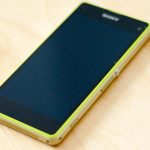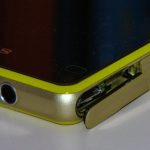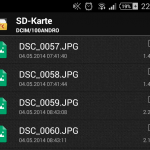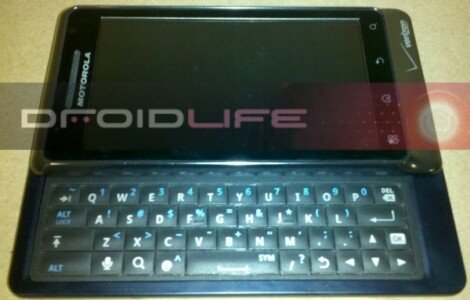Das Xperia Z1 Compact von Sony soll alles bieten, was ein High-End-Smartphone braucht – nur auf einem kleineren Formfaktor. Wie gut das gelungen ist habe ich mir einmal genauer angeschaut.

Die Stromversorgung übernimmt ein fest eingebauter Akku mit 2.300 mAh – in meinem Einsatzszenario reicht das für gut zwei Werktage, rund 1 Tag 12 Stunden vergehen, bis das Gerät wieder geladen werden will.
Haptik – solide Verarbeitet

Die Kappen über den Anschlüssen sollen zudem die Wasserdichtigkeit des Xperia Compact gewährleisten – IP55- und IP58-Zertifikate sollen sicherstellen, dass zum einen Wasserstrahlen mit geringen Druck aus allen Richtungen keinen Problem darstellen und zum anderen das Gerät bis zu 30 Minuten in 1,5 Meter tiefem Süßwasser unbeschadet übersteht. Bisher habe ich nicht die Probe aufs Exempel gemacht, aber um mal im Regen zu telefonieren wird die Dichtigkeit ausreichen. Um die Verschlüsse zu schonen setze ich zudem auf ein Magnet-Ladekabel, welches für ca. 9 Euro bei Ebay oder Amazon gibt).
Xperia Z1 Compact im Alltag
Testberichte, die auf die Eigenschaften des Z1 Compact eingehen, gibt es im Internet zu genüge, hier soll der Fokus auf dem Alltag liegen. Als eigentlich überzeugter iPhone-Nutzer war es für mich doch eine Umstellung, zu Android zu wechseln. Dank der wirklich leistungsfähigen Hardware kann das Xperia Compact aber durchaus als Alternative überzeugen. Selbst aufwendige Apps wie Navigation mit Navigon oder Sygic laufen ohne Probleme.
Mit das wichtigste: Sony hat es geschafft, die Akkulaufzeit auf gut zwei Arbeitstage zu bringen – heute geladen muss das Smartphone erst am nächsten Abend wieder an die Steckdose, auch wenn man zwischendrin Musik hört (Google Play Music) oder Facebook verwendet. Der Trick: im Stamina-Modus werden alle Apps, die nicht auf einer Whitelist stehen, angehalten. Einige Dienste werden dadurch zwar erst aktualisiert, wenn das Display aktiviert wird, der Stromverbrauch aber wird deutlich reduziert.

Bei Apps von Drittanbietern liegen es an diesen, die Apps entsprechend Kompatibel zu gestalten – es ist nicht so, dass Apps prinzipiell nicht mehr auf die SD-Card schreiben dürften, es muss nur einige Einschränkungen beachtet werden.
Sony Xperia Z1 Compact – Fazit
Alles in allem ist das Z1 Compact ein überzeugendes Gerät: Sony hat nicht an der Ausstattung gespart, sondern die selben Komponenten verwendet wie bei den größeren Geräten. Wenn vom aktuellen Flaggschiff, dem Xperia Z2, eine kompakte Version nach gleichem Schema erscheint wäre ein Umstieg eine Überlegung wert – gerade wenn die Kamera weniger Probleme machen sollte. Bis dahin bekommt man ein wirklich ausgereiftes Android-Smartphone, welches mit seiner Größe den Umstieg für iPhone-Nuzter deutlich leichter macht. Aktuell ist das Gerät für gut 440,- Euro bei Amazon zu bekommen, die Preise sind aktuell aber schon am Fallen.


Hallo, sehr guter Artikel. Leider können die Fotos nach dem update auf Android 4.4.2 nicht mehr auf der Sd-Karte gespeichert werden. Sony hat auf das eingeschränkte Schreibrecht von Google mit kitkat verwiesen und vorerst keine Lösung parat.
Das ist seltsam – ich habe gerade einmal nachgeschaut, ich habe durchaus Fotos auf der Speicherkarte die am 04.05.2014 erstellt wurden mit der integrierten Kamera-App (über den Auslöse-Button gestartet).